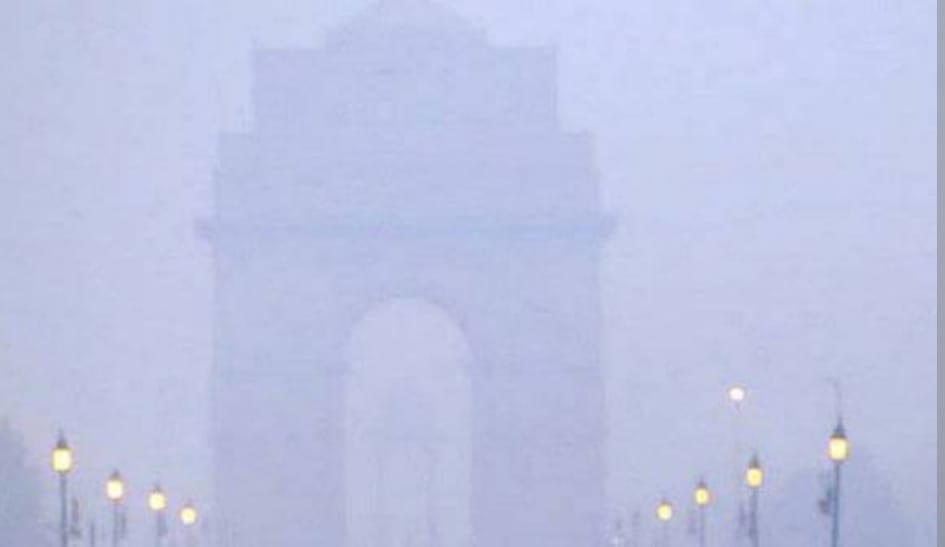Delhi, 28th October 2022: Delhi’s air is getting worse day by day. The air on Friday was the most polluted of the season. The Air Quality Index (AQI) level reached the ‘severe category. It is expected to get worse in the coming few days. It is being said that air pollution in Delhi is at its highest level since January.
Delhi’s Anand Vihar had an air quality index of 455 at 4 pm, making it one of the most polluted areas. The AQI of the whole of Delhi at 5 pm was 357. At the same time, Ghaziabad had AQI 384, Noida had AQI 371, Greater Noida had AQI 364, and Faridabad had AQI 346. Air quality is in the ‘very poor’ category in 34 Indian cities, not just Delhi, from Punjab to Uttar Pradesh and Bihar.
The air quality in the capital was recorded as “very poor” on Tuesday after several residents violated a ban on crackers on Diwali night, but the next day the pollution level was the lowest since 2015. This was due to the heat and wind, which reduced the effects of pollution. In the last two years, the air quality in and around Delhi was seen in the ‘severe’ category after Diwali in November. Incidents of stubble burning also pick up during this month, leading to a thick haze in the area, while the low temperature prevents the removal of pollutants.
This year, Diwali was celebrated at the beginning of the season, so pollution was less due to relatively warm weather and windy weather. According to the Central Pollution Control Board, the 24-hour average AQI at 4 pm on Tuesday was 303, the lowest for the day after Diwali since 2015. Delhi’s AQI on the day after Diwali was recorded in 2015 (360), 2016 (445), 2017 (403), 2018 (390), 2019 (368), 2020 (435) and 2021 (462) went.
According to the Delhi Pollution Control Committee, the capital recorded a 64 per cent reduction in PM 2.5 levels and a 57 per cent reduction in PM 10 levels during Diwali this year as compared to last year. The Delhi Pollution Control Committee attributed the relatively better air quality this time to reduced incidents of stubble burning in Punjab, better meteorological conditions and “less bursting of crackers.”
